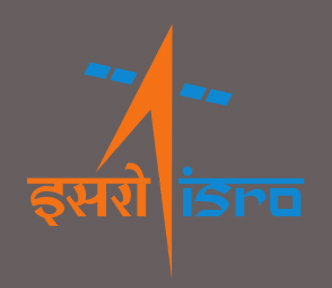Indian Researchers Found 3 New Bacteria Species In Stratosphere
 Indian researchers have found three new bacteria species in the upper stratosphere.
Indian researchers have found three new bacteria species in the upper stratosphere.
According to researchers, the newly found species are highly resistant to UV radiation.
Among three new species of bacteria, ‘Bacillus Isronensis’ is the name given to the first bacteria that recognizes the ISRO contribution in balloon experiments that led to its discovery.
The second has been named ‘Bacillus Aryabhata’ after India's far-famed ancient astronomer Aryabhata and also the first satellite of ‘ISRO’.
The third species has been named Janibacer hoylei, after distinguished astrophysicist Fred Hoyle.
A statement by ISRO stated, “The precautionary measures and controls operating in this experiment inspire confidence that these species were picked up in the stratosphere. While the present study does not conclusively establish the extra-terrestrial origin of micro-organisms, it does provide positive encouragement to continue the work in our quest to explore the origin of life.”
ISRO conducted the balloon experiments that resulted in the innovation of the new species.
Researchers from Tata Institute of Fundamental Research (TIFR) in Mumbai, Centre for Cellular and Molecular Biology (CCMB) in Hyderabad, National Centre for Cell Sciences (NCCS) in Pune and some other institutions worked together in the experiment that was the second such project undertaken by ISRO.
ISRO said that the balloon experiment was conducted using 26.7 million cubic feet balloon containing a 459 kg scientific payload soaked in 38 kg of liquid neon.
Operated by TIFR, the balloon was flown from the national balloon facility in Hyderabad.
The payload contained a cryosampler having 16 evacuated and sterilised stainless steel probes.
Throughout the flight, the probes remained immersed in the liquid neon to generate a "cryopump effect". After amassing air samples from various altitudes ranging from 20 to 41 km, these cylinders were parachuted down and retrieved in a safe manner.
For independent examination, researchers at the Centre for Cellular and Molecular Biology, Hyderabad, as well as the National Centre for Cell Sciences, Pune analyzed the samples.